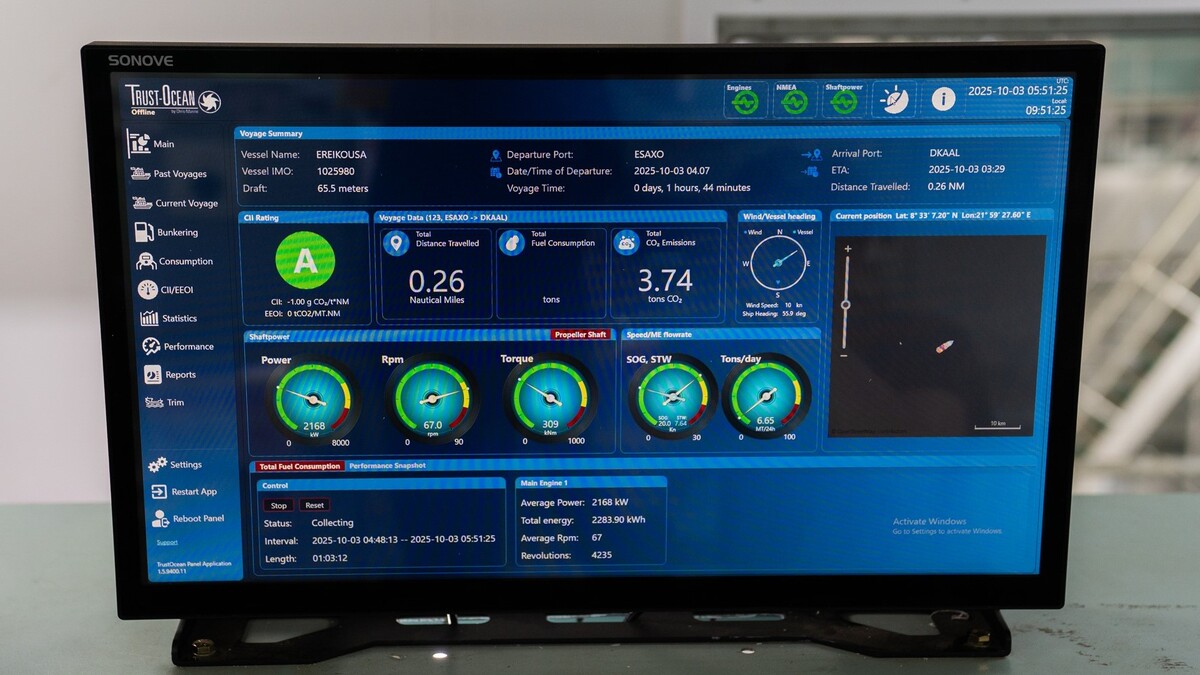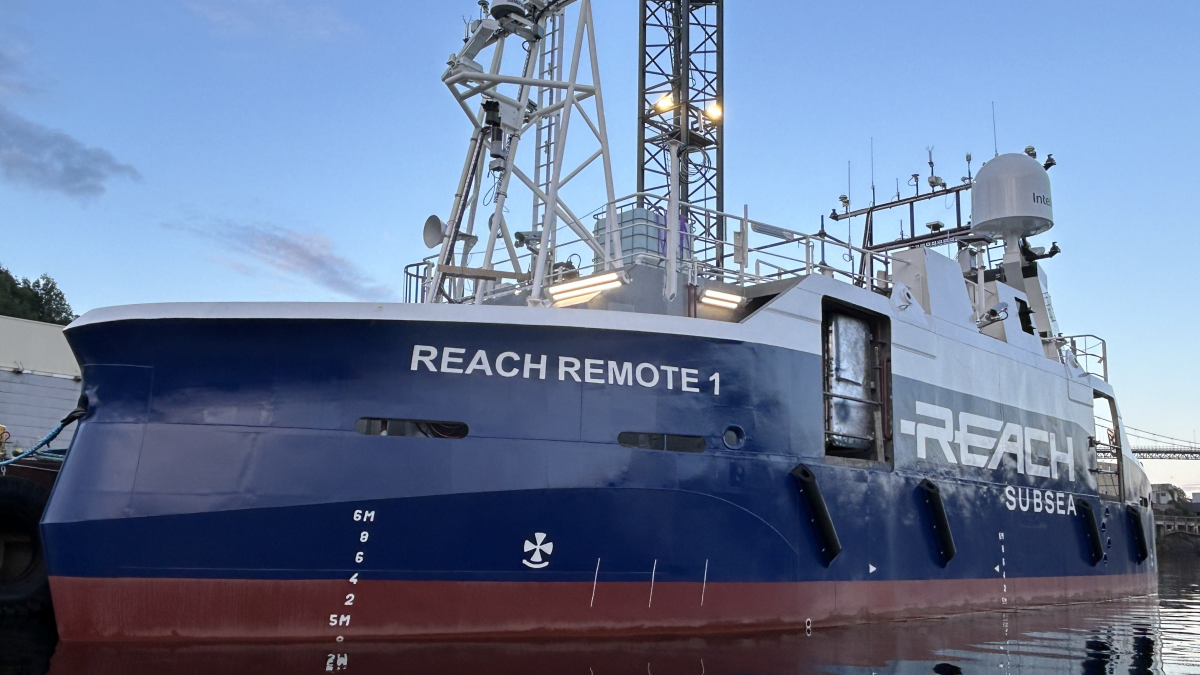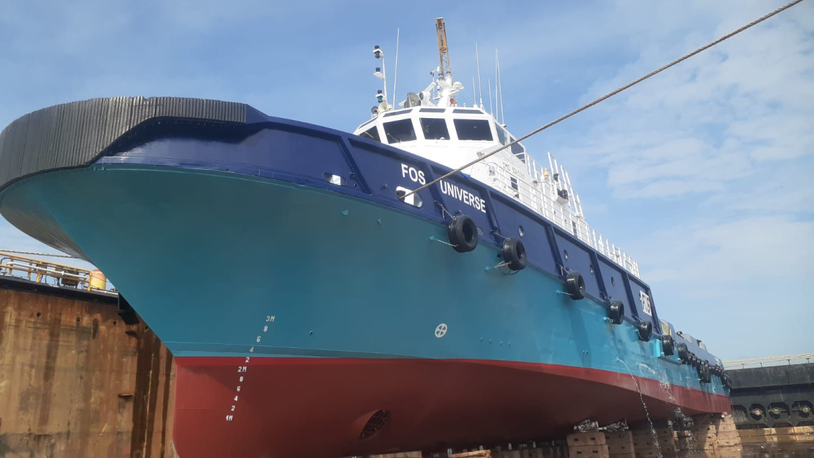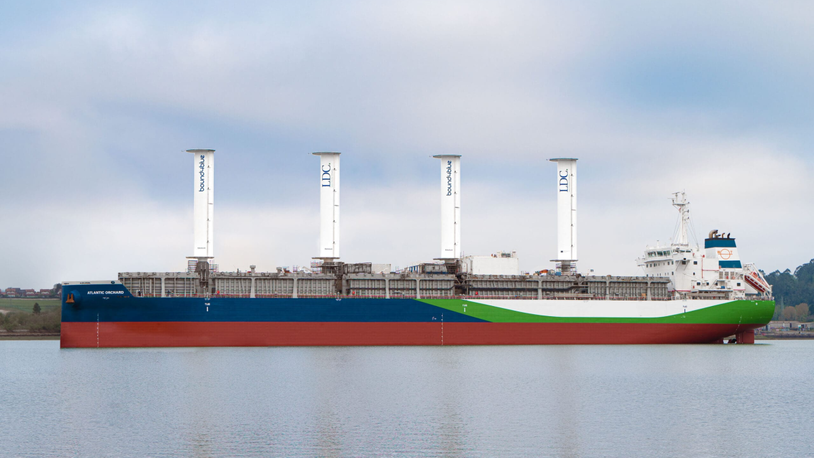Business Sectors
Events
Ship Recycling Webinar Week
Contents
USVs shape the future of subsea surveys
Two European vessel owners are defining remote operations with uncrewed vessels deploying ROVs for subsea inspections and exploration
Reach Subsea is determining the future of autonomous and remote offshore operations with a fleet of uncrewed vessels ready to deploy work-class remotely operated vehicles (ROVs) for offshore surveys, inspections and light intervention.
This Oslo, Norway-listed vessel owner has secured approval from Norwegian maritime authorities to operate its first uncrewed surface vessel (USV) Reach Remote 1 without a support ship for offshore operations.
This is the first approval of its kind for an USV of this size and workscope, paving the way for Reach Subsea’s future fleet, with four 24-m USVs expected to be in service by 2030.
Reach Remote 1 is operating in Norway for Equinor, TotalEnergies and Shell, while Reach Remote 2 arrived in Fremantle, Australia, at the end of October to deliver services for Woodside Energy, according to automatic identification system (AIS) information.
Both are operated by Reach Subsea and managed by Massterly, a joint venture between Kongsberg Maritime and Wilhelmsen, which is responsible for remote navigation and vessel operations.
“Since the start of operations in April 2025, a support vessel has enabled human eyes to observe while Reach Remote 1 demonstrated remotely controlled unmanned operations,” said Reach Subsea chief operating officer Inge Grutle.
“Our people have proved that Reach Remote 1 has an equivalent or better maritime safety level and situational awareness compared to manned vessels, which is validated by DNV and Norwegian maritime authorities through this trading permit.”
On 11 October, Reach Remote 1 left Kristiansund, Norway, to continue its work for Shell on the Ormen Lange deepwater gas field in the Norwegian Sea without a support ship for the first time.
Norwegian maritime authorities have provided Reach Subsea with a permit enabling solo operations, with support coming from an onshore remote operations centre.
The company receive technical validation with guidance from classification society DNV.
“Our Reach Remote programme is central to our strategy to transform subsea operations through ocean robotics,” said Reach Subsea chief executive Jostein Alendal. “This milestone reflects the extraordinary collaboration across our teams and with the Norwegian maritime authorities.”
These 230-gt vessels have a top speed of 11 knots and can operate for 30 days over the horizon, with multiple communications supporting remote operations including very small aperture terminal (VSAT), 5G mobile network, Iridium Certus L-band, Ceragon Pointlink and Starlink low Earth orbit, and an acoustically aided inertial navigation system.
They have a Kongsberg hull-mounted dual EM2040 multibeam echosounder and a Topas PS120 sub-bottom profiler system, plus a ZeeROV unit carrying standard survey systems, including dual multibeam, side-scan sonar and sub-bottom profiler systems.
In September, Reach Subsea secured financial support from Norwegian banks for its US$62M investment in two more USVs - Reach Remote 3 and Reach Remote 4.
These will be built in Poland and Norway to Kongsberg’s UT5208 design with technology enabling remote and autonomous offshore operations.
“The Reach Remote programme is a cornerstone of our strategy to redefine subsea operations,” said Mr Alendal.
Kongsberg is also responsible for supply chain management, systems integration, commissioning and final delivery of these USVs.It will integrate automation and navigation systems, situation awareness solutions, manoeuvring and thruster control, low-voltage switchboards, energy storage modules and equipment for deploying ROVs and hydrographic sensors, plus the communications suites.
Massterly will remotely operate the vessels with Reach Subsea managing subsea mission execution, including remote control of ROVs, data collection and processing.
“The success of Reach Remote 1 has proven that remote operations are not only viable, but they are also transformative,” said Kongsberg Maritime president Lisa Edvardsen Haugan.
“With vessels three and four now confirmed, we are entering the scale-up phase – ready to meet global demand and shape the future of remote subsea services.”
Ocean exploration
Fugro is also ramping up its USV deployments having entered into a five-year co-operative research and development agreement with the US National Oceanic & Atmospheric Administration’s (NOAA) ocean exploration programme.
This public–private partnership intends to use Fugro’s USVs, electric-powered ROVs and cloud-based data workflows that link offshore surface platforms and underwater systems with onshore teams in real time.
NOAA ocean exploration director William Mowitt said the mission would accelerate precise mapping of seafloors for offshore energy, marine resource management and national security.
“By enabling remote operations and enhancing the use of innovative technologies, we can reduce costs and expand our reach, unlocking the ocean’s potential at a scale and speed needed to keep pace with America’s growing demands for ocean resources and information,” said Capt Mowitt.
Fugro group director for the Americas Celine Gerson said, “We are entering an exciting new era of deep ocean mapping where data can be collected and delivered without a single person at sea.”
South America
In Brazil, Seagems has contracted Wärtsilä to analyse real-time engineroom data in a bid to minimise machinery failures and repairs and avoid operational outages. Real-time data from engines and propulsion machinery across its fleet will be used for remote performance monitoring and predictive onboard maintenance.
To achieve this, Seagems has extended a lifecycle agreement with Wärtsilä to include digital and analytics services over its fleet of platform supply ships and subsea construction and maintenance support vessels.
“The renewal and expansion of the existing agreement will support our long-term operational goals for these vessels, particularly in enhancing efficiency, reliability and sustainability,” said Seagems chief operating officer Ricardo Bicudo.
Also in Brazil, oil company PRIO will start using Shape Digital’s Shape Lighthouse to manage three FPSOs on the Albacora Leste, Frade and Tubarao-Martelo fields and the Polvo A wellhead platform.
This artificial intelligence (AI)-driven digital module supports predictive maintenance processes for critical assets, asset management, proactive anomaly detection and cost reduction.
Petrobras has deployed a reservoir monitoring grid on its giant Mero oil field in the Santos basin offshore Brazil.
DOF has installed the dynamic cable riser using a wheeled horizontal lay system and reel-drive unit from UK-based Maritime Developments on 2017-built subsea construction vessel Skandi Involver.
This enabled it to connect to a permanent reservoir monitoring sensor grid on the deepwater field. DOF installed a spread, manufactured in Scotland, on the Marin Teknikk 6027 design vessel to install this grid.
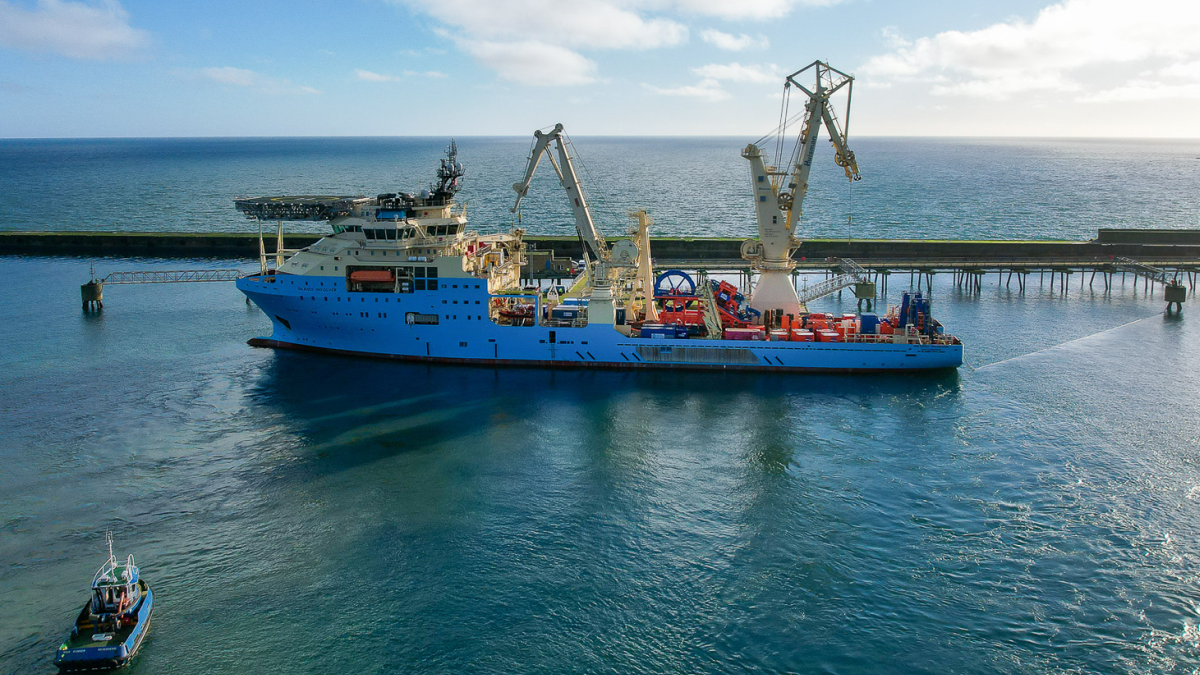
Riviera’s OSJ Subsea Conference will be held in London on 2 February 2026. Use this link for more information and to register for the event
Related to this Story
How new technologies help owners cut fuel costs, remain compliant
Events
Ship Recycling Webinar Week
International Bulk Shipping Conference 2025
Tankers 2030 Conference
Maritime Navigation Innovation Webinar Week
© 2024 Riviera Maritime Media Ltd.

